The Phu Day historical and cultural relic site has more than 20 temples, shrines, mausoleums... mainly located within Kim Thai commune and is the largest and most complete Mother Goddess center in the country. Of the three main relics of the Phu Day relic site including: Tien Huong Palace, Van Cat Palace and Lieu Hanh Holy Mother Mausoleum, Tien Huong Palace is a beautiful relic site, built during the Le Canh Tri period (1663-1671) and has undergone many restorations. The palace has 19 buildings with 81 large and small rooms overlooking the Tien Huong mountain range with a large yard and lake. The palace has four palaces: the first, second, third, and fourth, which are beautifully decorated and carved with images of dragons, phoenixes, and tigers. The main palace (the first palace) has a majestic and sophisticated mother-of-pearl inlaid altar and is where an ancient statue of high artistic value from 1703 is placed. At Tien Huong Palace, many other ancient artifacts are preserved, including royal decrees from various dynasties, stone steles, bronze bells, incense burners, and cranes of high historical and cultural value.
In the folk consciousness, historical documents and ancient artifacts, Phu Tien Huong is ranked in the position of Phu Chinh, that is, the main center of Mother Goddess worship in the area compared to other relics of Phu Day and is often called Phu Chinh Tien Huong. The words "Phu Chinh" or "Phu Chinh Linh Tu" in Tien Huong have been clearly recorded in many documents, including 15 royal decrees of the dynasties from 1730 under King Le Vinh Khanh to 1924 under the Nguyen Dynasty. In particular, the royal decree of King Le Canh Hung in 1767 wrote: "... Now I ascend the throne, and bestow the royal title on the God to be worshiped in the Government...". According to the survey results and research on the names of the relics belonging to the Phu Day Historical-Cultural Relic Complex by the Management Board of Monuments and Landscapes under the Department of Culture, Sports and Tourism of Nam Dinh province in 2019, the name "Phu Chinh" in Tien Huong was also clearly stated in the stone stele relics such as: "Tien cung dien bi" stele (1892), "Thap phuong cung ngan Bi Ky" stele, "Quan lai cung ngan bi ky" stele and "Tien Huong Phu tu tu dien bi ky" stele (1914). Many ancient worship artifacts are being preserved here such as: bronze seals, bronze bells, bronze cranes, incense bowls, vases, gongs... are also clearly engraved with "Tien Huong Thanh Mau Phu Chinh" or "Phu Chinh Tien Huong" as the above documents. In the official documents of the relic management agencies of the locality and Nam Dinh province, such as the scientific profile of the Phu Day architectural and artistic relic site of the Department of Culture, Sports and Tourism of Nam Dinh province in 2020, submitted to the Ministry of Culture, Sports and Tourism to compile statistics on royal artifacts and ancient artifacts, the name of Phu Chinh or Phu Chinh Tien Huong is also clearly stated. Previously, since 1964, the Nam Dinh Provincial People's Committee, the Department of Culture and the Vu Ban District People's Committee had a record stipulating that Phu Chinh belonged to Kim Thai commune. In 1975, in the profile listing the Phu Day historical relic, it was also clearly stated that the Phu Day system included: Phu Chinh, Phu Van, Lang, Thuong temple...
With the above historical scientific sources and folk consciousness, it is possible to clearly affirm the name of Phu Chinh or Phu Chinh Tien Huong in the Phu Day historical-cultural relic site. However, for many years, the determination of such a name has not been carried out, significantly affecting the promotion and introduction of the relic, the Mother Goddess worship belief to domestic and international tourists as well as the people of the whole country to understand the relic, the festival and the Mother Goddess worship belief here. Most recently, the Ministry of Culture, Sports and Tourism also sent an official dispatch to the People's Committee of Nam Dinh province, stating: "... agreed with the content of the scientific records of the relic, in which Phu Tien Huong also has other names such as Phu Chinh and Phu Chinh Tien Huong". Previously, the Department of Cultural Heritage also issued an official dispatch basically agreeing with the request of the managers and caretakers of Phu Tien Huong to hang a sign with the name of the relic as "Phu Chinh Tien Huong". The Department has requested the Department of Culture, Sports and Tourism of Nam Dinh province to direct competent agencies to coordinate with local authorities to guide, create consensus and supervise the hanging of signs at appropriate locations at the Palace and signs indicating the way to the relic, ensuring solemnity and compliance with regulations, and in case of necessity, clearly note the name of the relic.
Determining the exact name of the Government Palace relic with specific historical basis and legal regulations as permitted by the Law, not only contributes to honoring the heritage, showing respect for history but also meets the people's aspirations.
Source: https://nhandan.vn/xac-dinh-chinh-xac-ten-goi-di-tich-tai-phu-day-post683938.html






![[Photo] Opening of the 14th Conference of the 13th Party Central Committee](https://vphoto.vietnam.vn/thumb/1200x675/vietnam/resource/IMAGE/2025/11/05/1762310995216_a5-bnd-5742-5255-jpg.webp)
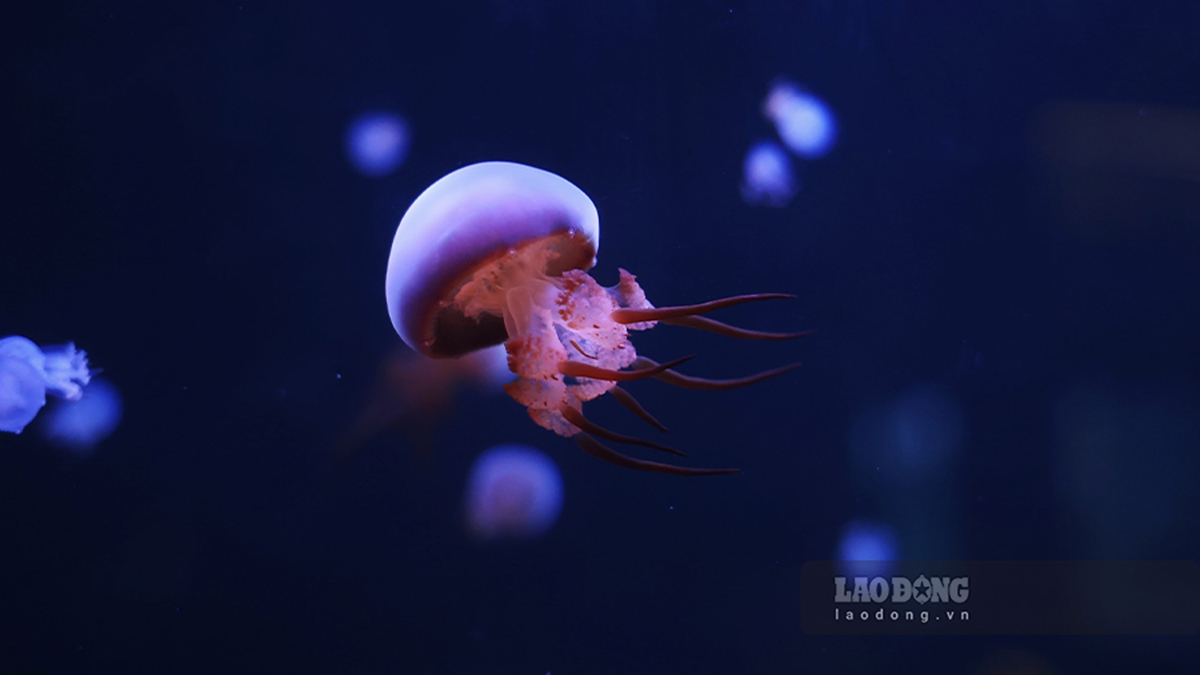
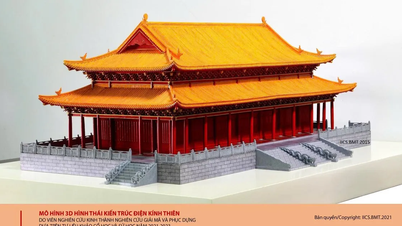


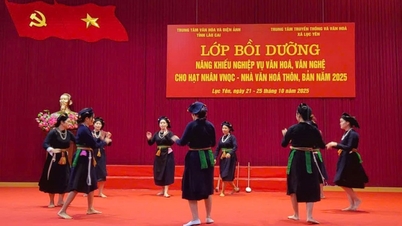



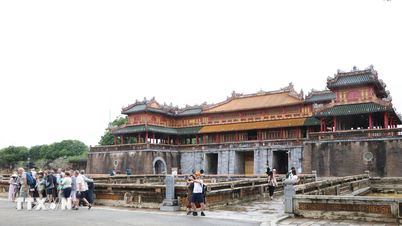







![[Infographic] Striving for 100% of schools to teach English from grade 1 by 2030](https://vphoto.vietnam.vn/thumb/402x226/vietnam/resource/IMAGE/2025/11/06/1762385718190_nhung-tiet-hoc-chuyen-doi-so-luon-soi-dong-hap-dan-hoc-sinh-1-7103-8710-jpg.webp)
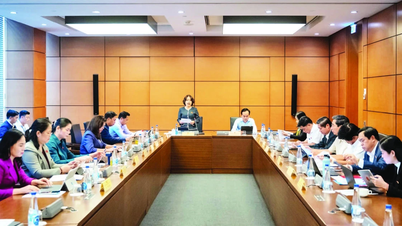
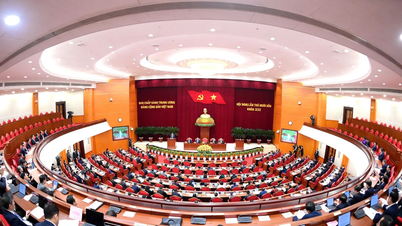

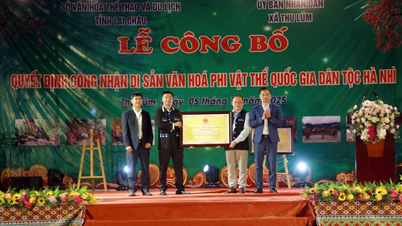


![[Photo] Panorama of the Patriotic Emulation Congress of Nhan Dan Newspaper for the period 2025-2030](https://vphoto.vietnam.vn/thumb/1200x675/vietnam/resource/IMAGE/2025/11/04/1762252775462_ndo_br_dhthiduayeuncbaond-6125-jpg.webp)





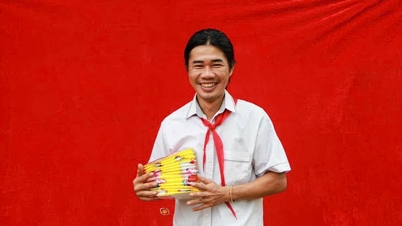

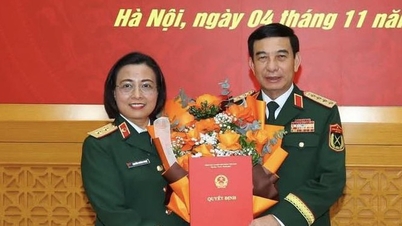

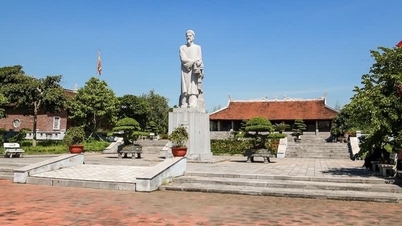


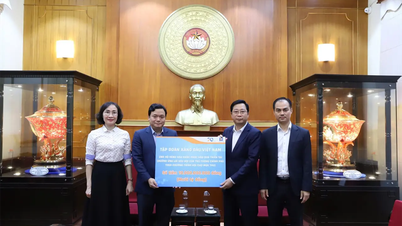



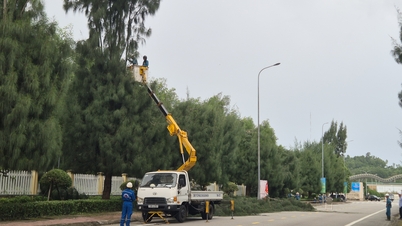











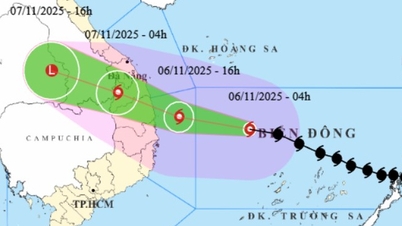




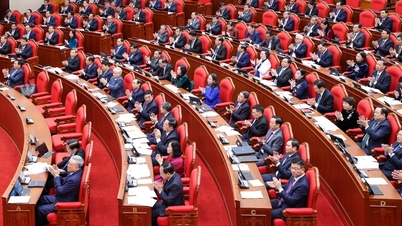





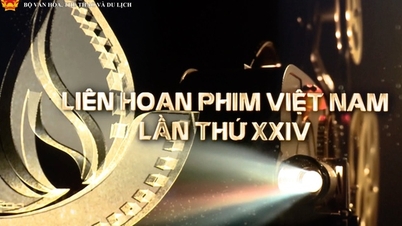
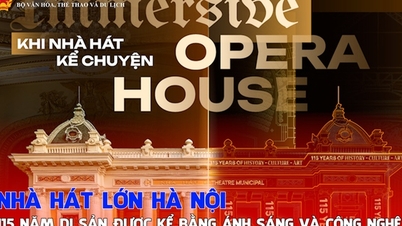


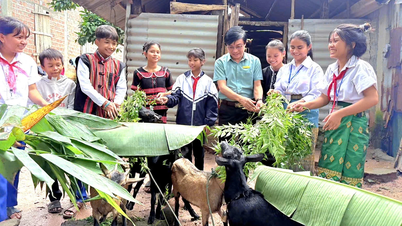

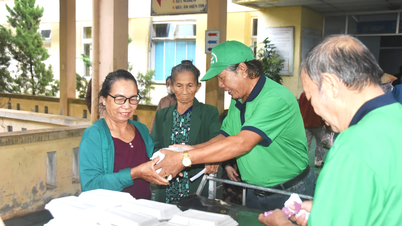


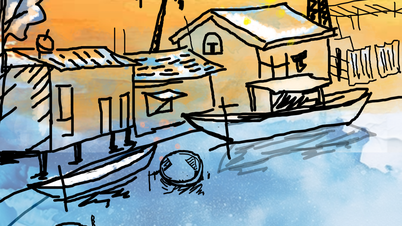

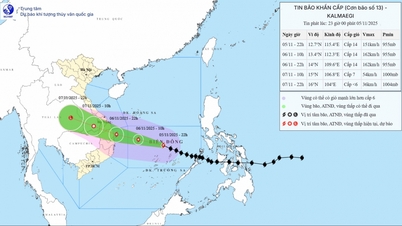











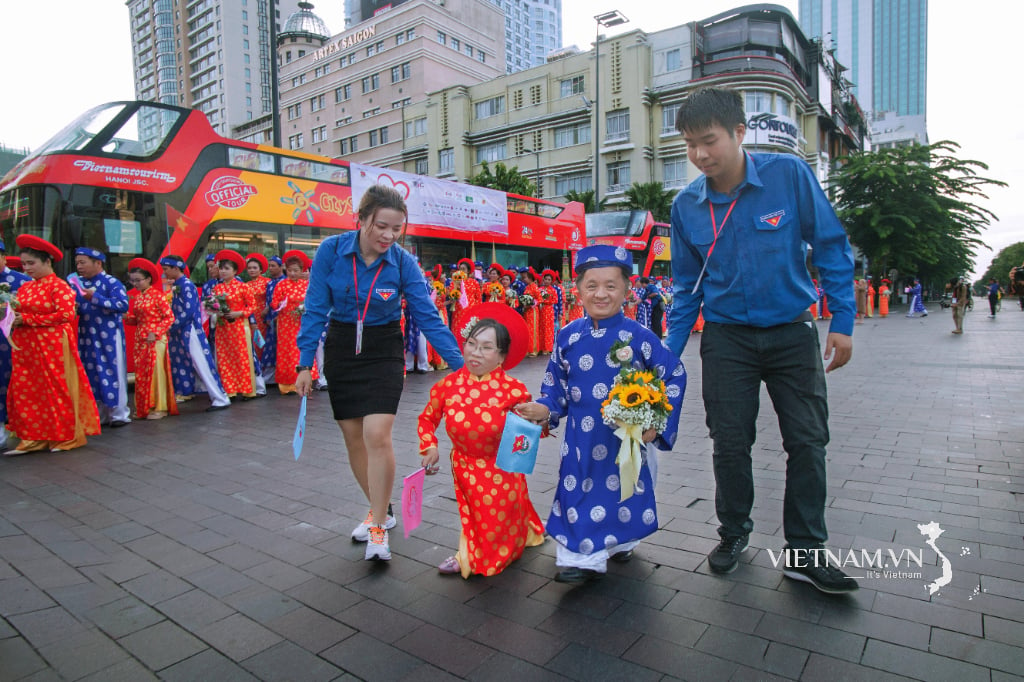



Comment (0)